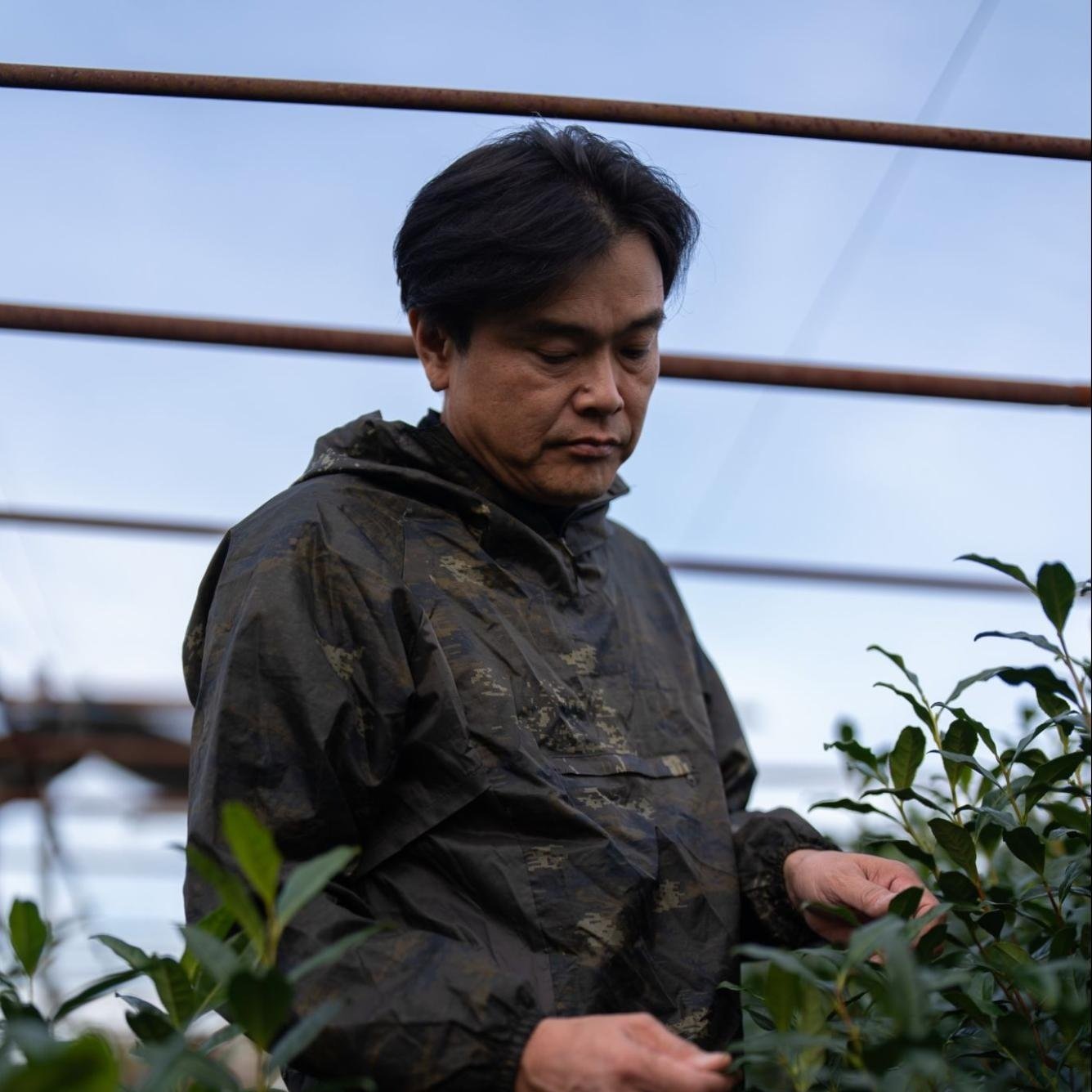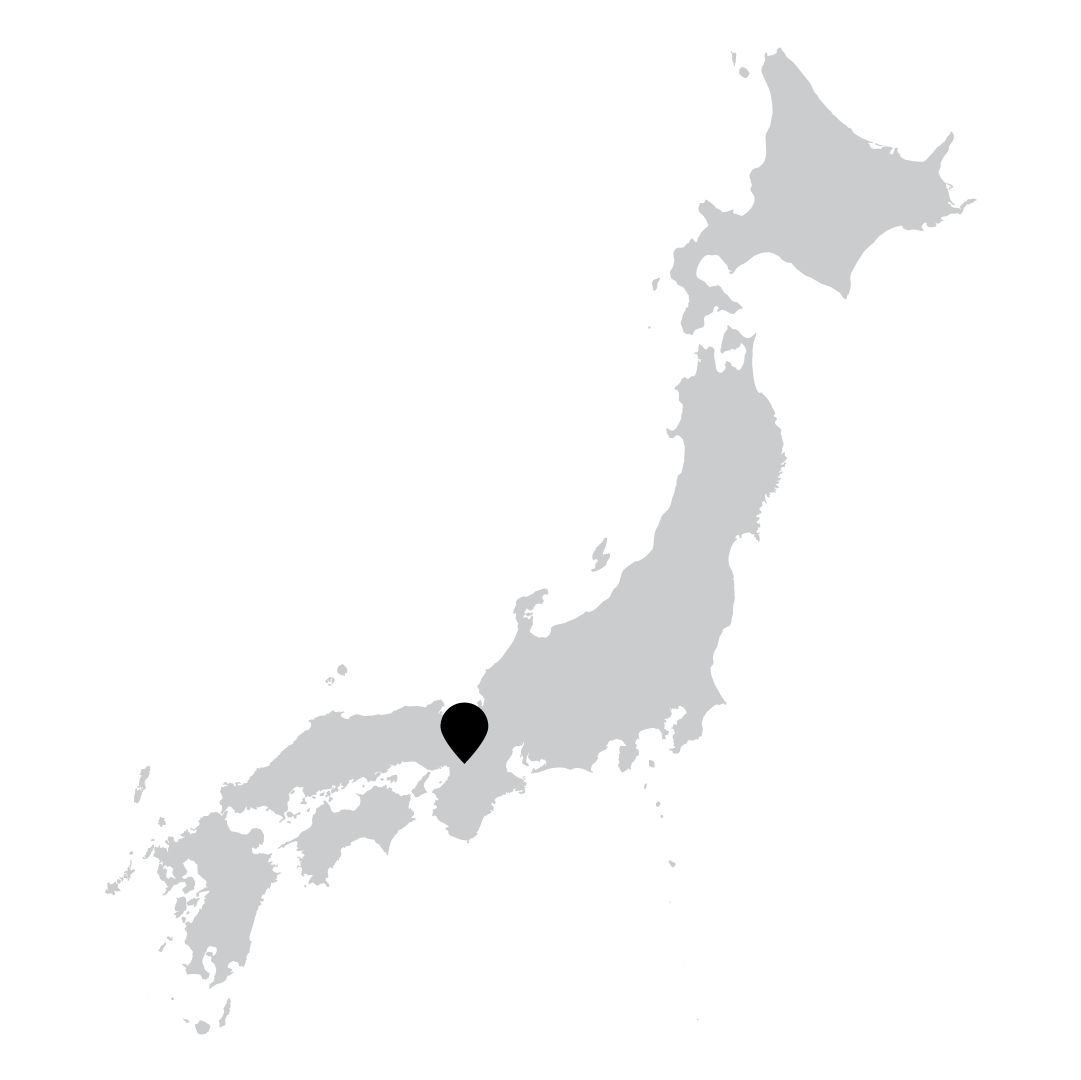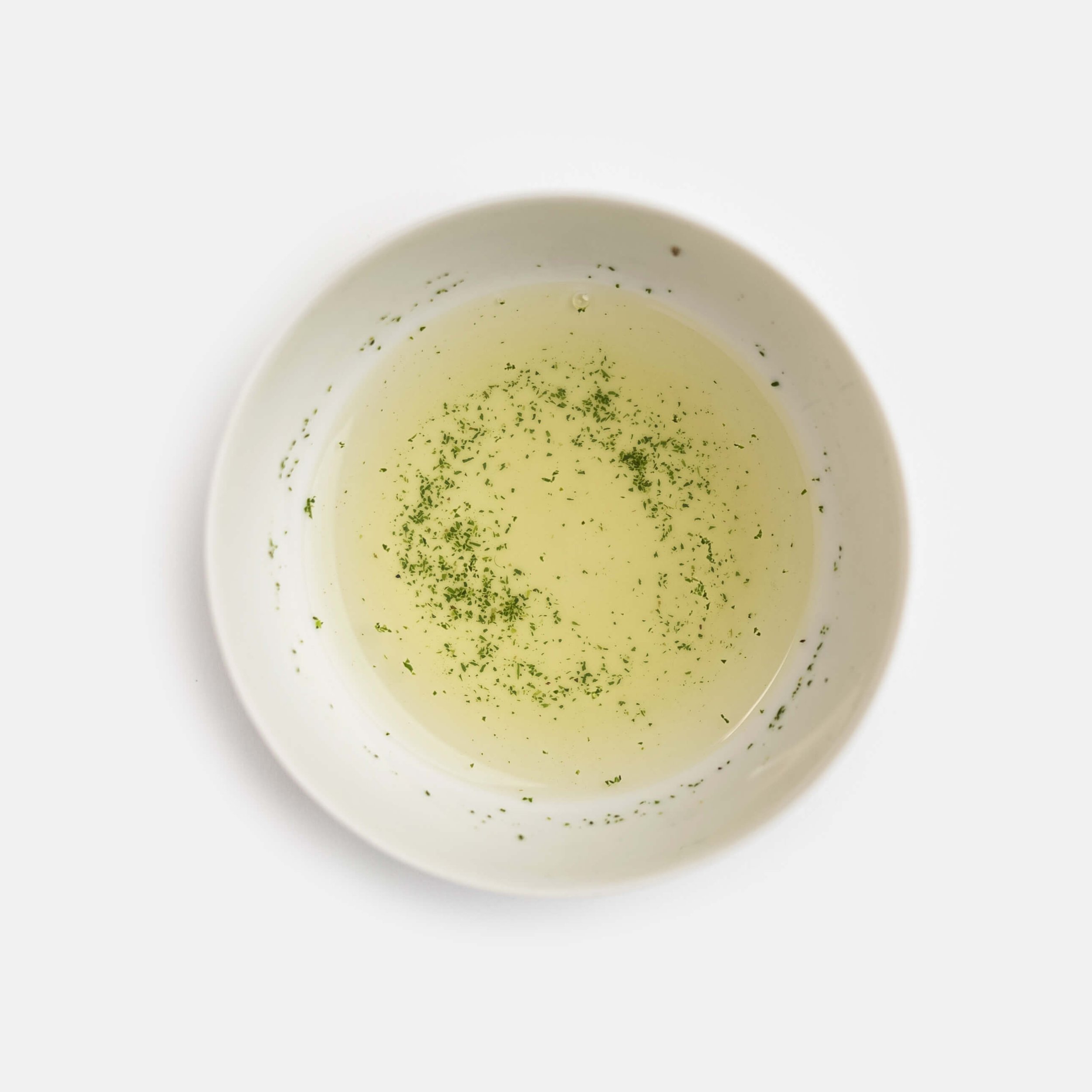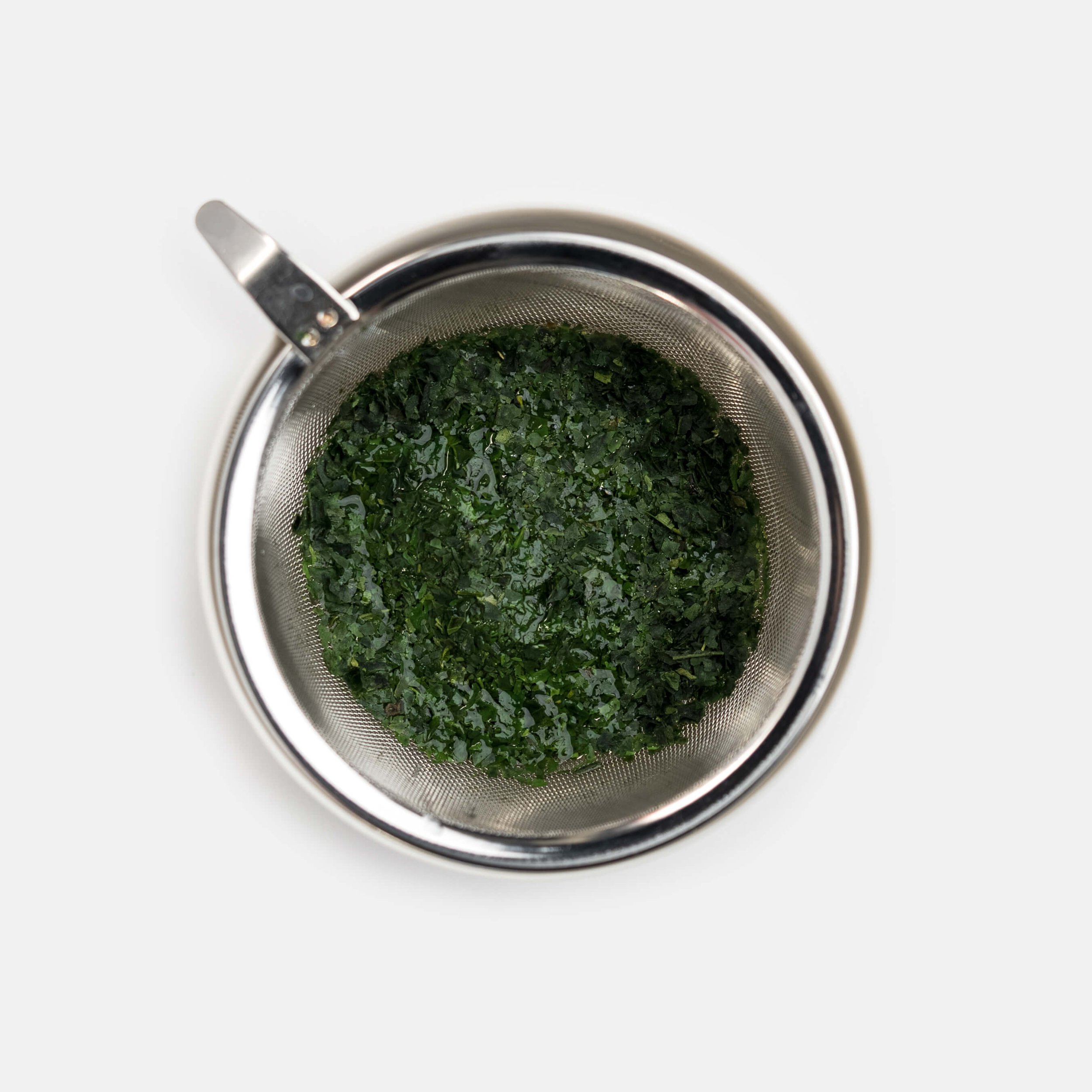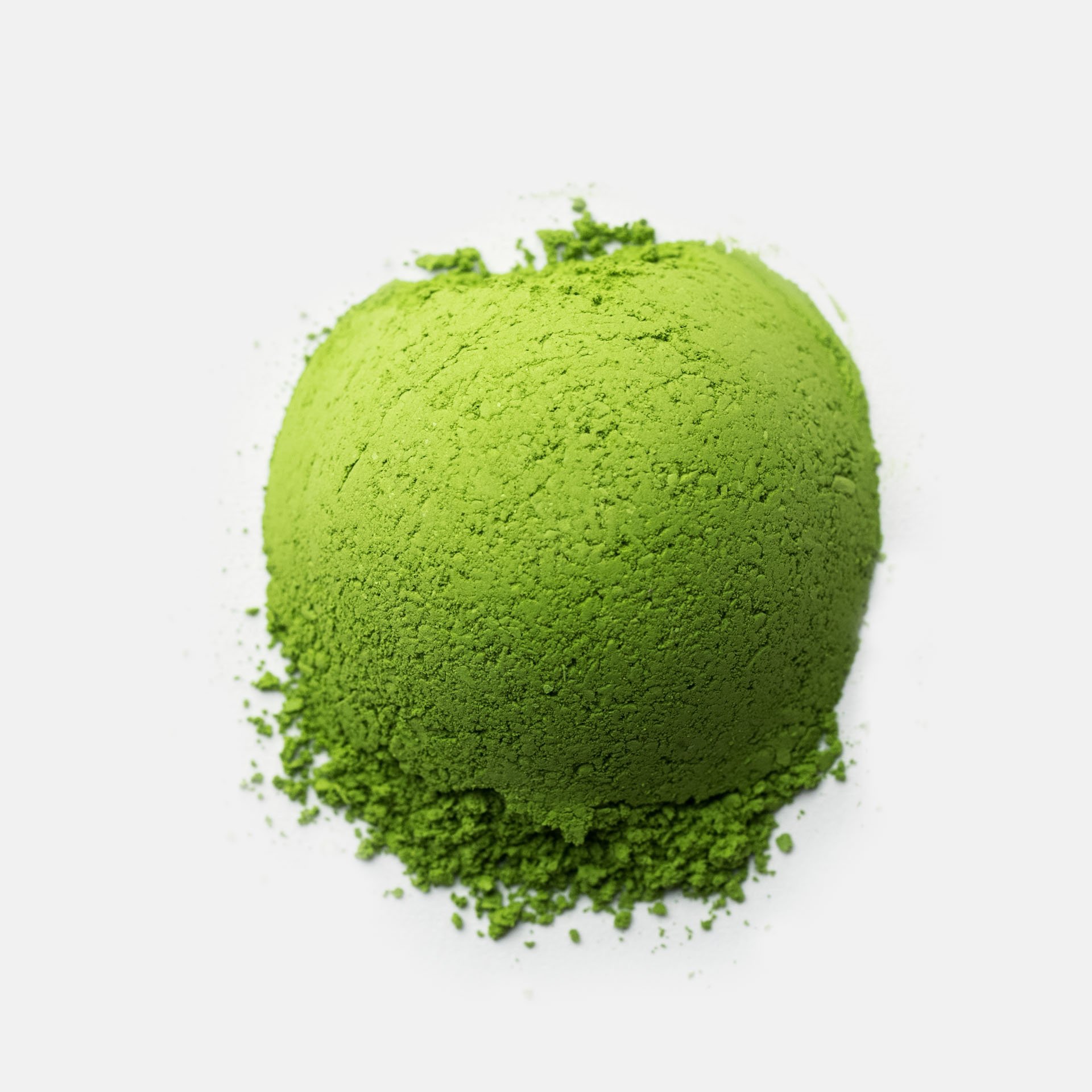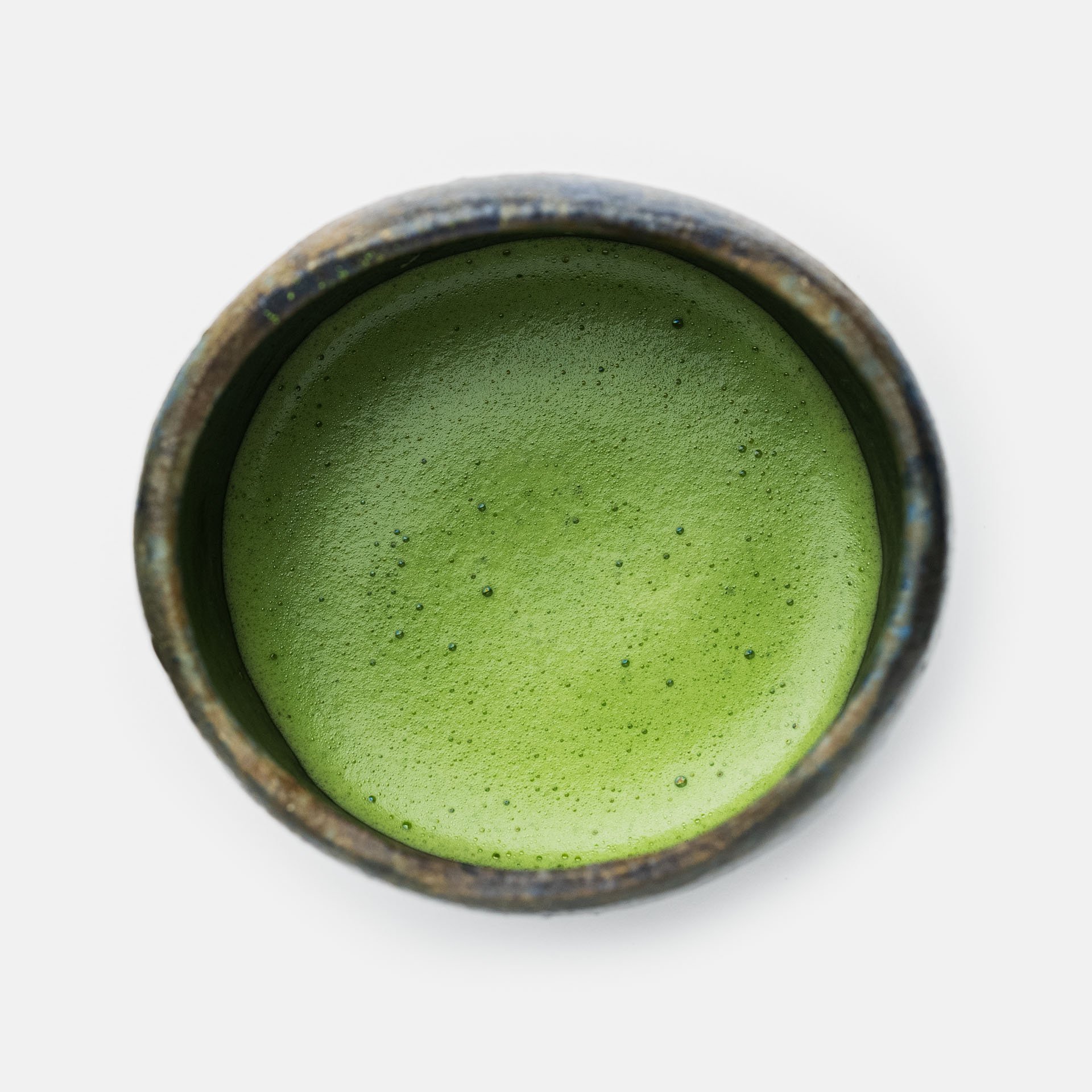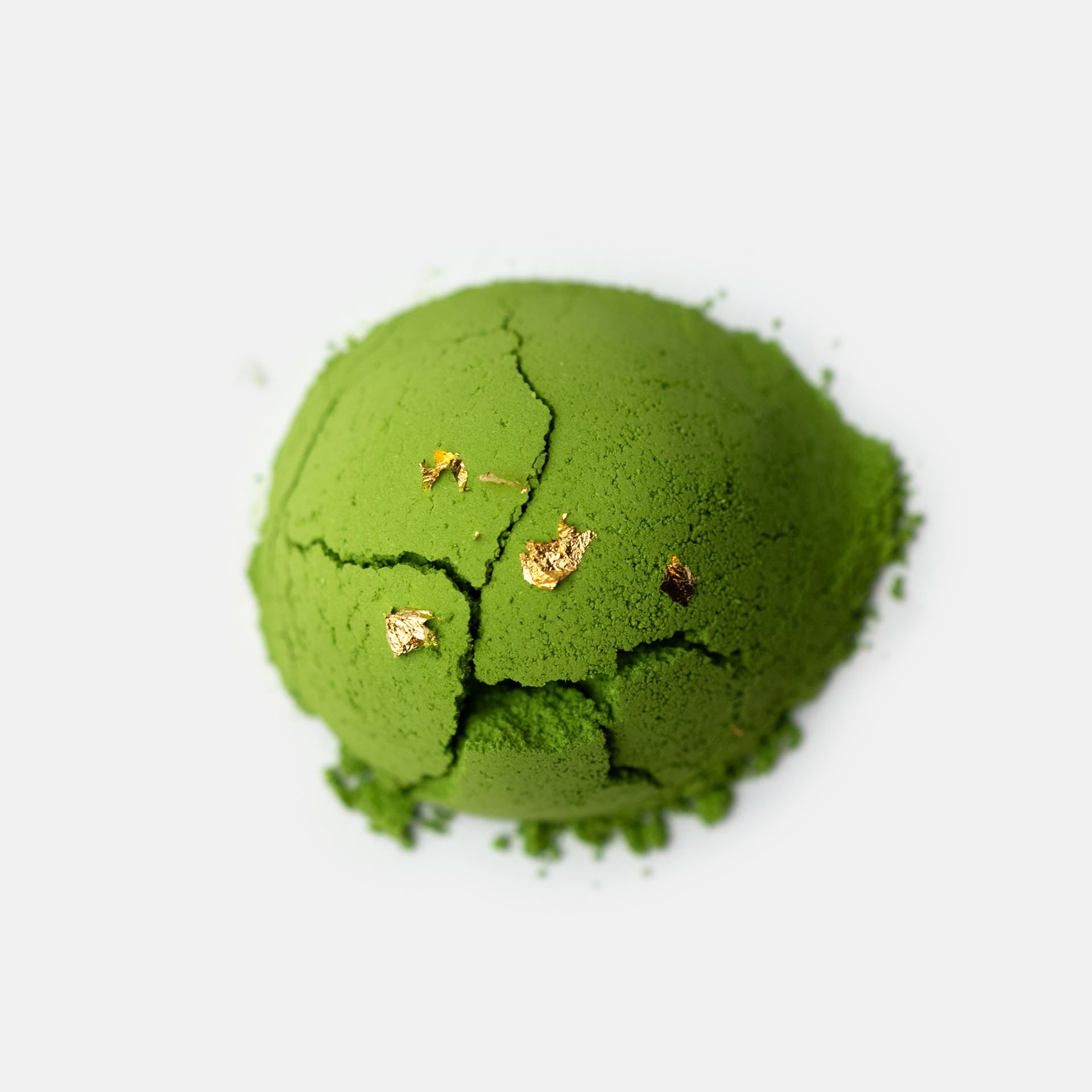About this Matcha
From the same farmer & field as this year’s first place (1-1) winner of the Japanese National Tea Competition Tencha (underground Matcha) division, Yamazakiさん.
This Samidori is grown on the bank on sandy banks of the Uji River, fed by Biwa lake. The water travels to Osaka and then empties out to the ocean. This soil has good drainage, which is a mark of exceptional tea.
A highly popular cultivar as the leaves don’t easily harden, and the bush has a high yield making it an affordable cultivar. This feature also allows a larger picking window, resulting in lower logistical hurdles.
Ooika is thrilled to carry Yamazakiさん’s highly regarded tea. This Samidori, with it’s warm and summery notes seems to celebrate the end of the coming cold months.
-
To make a fresh and smooth bowl of Usucha or Koicha, follow our whisking instructions.
-
Long-term Storage: Store unopened Ooika Matcha in the refrigerator. Consume within 6 months.
Room-Temp Short-term Storage: Store opened Ooika Matcha in a cool, dark place away from sunlight. Consume within 3 months.
Refrigerator Short-term Storage: Opened Matcha can be stored in the refrigerator to help maintain freshness, however, the Matcha is at risk of condensation when cooler than ambient air. For this reason, if you choose to store an opened Matcha in the refrigerator, be sure to take the Matcha you need and then immediately place it back in the refrigerator to minimize exposure to the warm air.
Ochairinikki (御茶入日記)
Category Green tea (お茶) |
Subcategory Oishitacha (おおいしたちゃ) |
Cultivar Samidori (さみどり) |
Producer Yamazakiさん |
Terroir Gokasho Oyagijima, Uji, Kyoto, Japan |
Vintage 2024 |
Harvest Time Single Spring Harvest (一番茶) |
Harvest Method 100% Handpicked (手摘み, Tezumi) |
Shading Style Kanreisha (寒冷紗) |
Shading Duration 36 days |
Milling Ishi-Usu (石臼) Stone-Milled by Ooika |
Packaging Cold-stored, oxygen-free bag |
Visit the Farm
OOIKA MATCHA leads the industry with the most precise souring details and transparency. Let’s visit Yamazakiさん’s farm and see where this Matcha comes from.
Awards
Yamazakiさん is a highly distinguished farmer, with numerous awards and competition placements. Below is a selected, and non-exhaustive list.
First Place, Kansai Tea Competition, for years 2005, 2009, 2013, 2018
First Place, All Japan Tea Competition, for years 2013, 2018, 2023, 2024.
First Place, Uji-city Tea Competition, won 8 consecutive years placing first from 2012-2019
First Place, 2018 at all four levels and farm appearance... Uji, Kyoto, Kansai & All Japan and Tea Field/Farm Appearance
Sourcing Details
Cultivar Details
Samidori (さみどり)
Samidori (さみどり) is another privately selected tea cultivar. Mr. Masajiro Koyama selected it from seed-grown trees (known as Zairai) in the 1930s. It has since become a staple in the Kyoto prefecture and a popular cultivar for Tezumi, the traditional hand-picking method.
It’s shoots are brightly colored, glossy, and have an excellent fresh fragrance. Its upright shape, together with a wide range of harvesting times, makes it easier for the Chazumi (tea pickers) to go through the tea bushes multiple times, selecting only the best leaves for that day.
The Tencha from Samidori produces Matcha with low bitterness, a dark green color, gentle sweetness, and floral undertones. Its deep, clean, and mild umami flavor will make you want to whisk another bowl. High yield and flexible harvest times means this cultivar is quite popular and affordable.
Producer Details
Yamazakiさん
Ooika is thrilled to offer this exceptionally rare and historic Matcha, from the fields of Yamazakiさん in Gokasho Oyagijima, Uji, Kyoto.
Every year, Japan holds the annual National Tea Competition (全国茶品評会基本要綱) which judges 7 teas across 8 different categories.
This year (2023) marked the 77th year of the competition, held in Yame City, Fukuoka to celebrate the 600th anniversary of tea production in Yame from between 22nd-25th of August. The importance of this event can not be understated.
Yamazakiさん was this year’s first-place winner in the first category for the Tencha (Unground Matcha) division for his Ujihikari cultivar, which achieved a perfect score.
Through a chance meeting after a conversation with another Uji farmer we source from, we were introduced to Yamazakiさん and enjoyed a bowl of Matcha at his family home.
Ooika was allowed to purchase Tencha from the very field that won this year’s first place in the National Tea Competition. Never before has Yamazakiさん’s single-estate Tencha made it to the United States.
Region Details
Gokasho, Uji, Kyoto, Japan
Located within Uji City, Gokasho sits along the Uji river, fed from lake Biwa, Gokasho holds the incredible distinction as the “birthplace” of Uji tea. Sandy soil conditions result in excellent drainage which is necessary for the Camellia Sinensis plant. The soil is so well drained that larger amounts of fertilizers (which are expensive) are used, as they easily are drained away. Further more, the river brings in nutrients, humidity, and natural fogs that help shade the tea bushes.
Like with all of Uji City, the land available for tea production and cultivation is highly limited, and reduces over time as urbanization continues. Thus, enjoying Matcha grown in Gokasho is exceptionally rare and something all tea lovers should experience.




